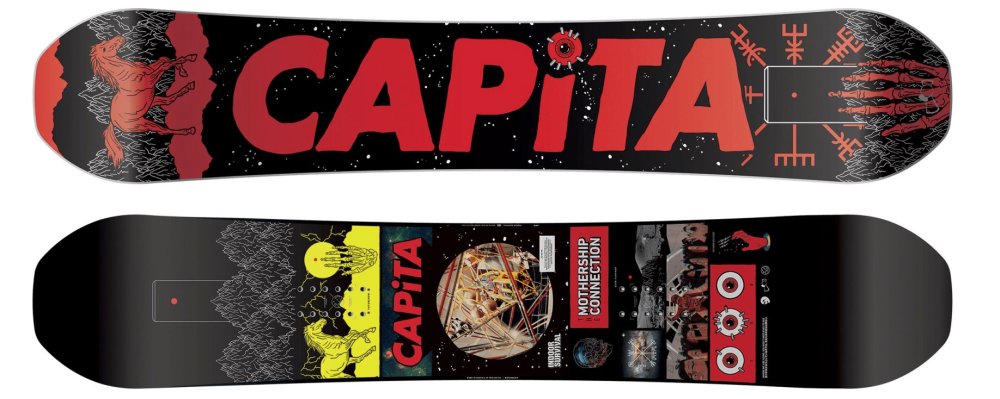
A new season is about to begin on the snow, and for all of us invaded Snow has come to take stock of the equipment. We see some advice on how to choose the table. Today the market really offers an impressive number of models and it is not easy to make the right choice.
Let's start by understanding the existing types:
Bend: it is the type of shape that the table has if we place it on a flat surface. Shape: It is the shape of the table seen from above;
Cambier: It is the most traditional bridge: This type of tables are the most aggressive on ice, they allow you to have a lot of stability even at high speeds, because they take advantage of the entire length of the tail tip foil, but they don't forgive you if you are wrong, they are very powerful on jumps and push a lot when "Olli". They are tables Recommended for expert riders who prefer the track or the 16 -park salletons.
Anti-Camber: These tables have been introduced for a few years. Have the opposite form Compared to the Cambier, the "bridge" is on the contrary (Rocker). These tables they are very easy And they are born to help the RIder beginners to do the first curves because they are very permissive And they forgive the errors very much, they are also tables Excellent for jibbing because they generally have Very soft flex. I am also ideal for those who want to start approach the first jumps In Park, they don't push much on the kickers but help so much in landings.
Flat: They are tables completely flat, offer a good speed in speed without being too aggressive, have a good push on the jumps And they are suitable for both expert and beginners. They are ideal tables for those looking for a table for rails and parks boxes or streets, they also go very well in jibbing.
HYBRID: Also called "Seagull wings”, They are tables that mix the various buildings Taking the strengths of both, centrally they have rocker to be easy to handle and simple but under the attacks they have the Cambier to have power and aggression on the foils. I am multipurpose tables, they are very good on the track, they hold Also good on ice And they are powerful on jumps, they obey a lot but they also allow a good jibbing, they are not only suitable for rail and box as the form makes them not very stable on the structures. They are very valid even in fresh because thanks to the shape they float very well. Directional: they are tables with Nose (tip) and different tail (tail), the nose is longer and normally the center of the sciancratura is moved to the rear attack. They are plates normally from the track or freeride.
Twin tip: they are exactly identical tables with nose and tail, and the sciancratura is completely centered with attacks. These tables are specific for freestyle because they allow you to switch to switch with ease.
Having said that now you have to Choose the size To take and this is the largest rebus to solve. There is no fixed rule, but it all depends on a mix of factors. The first ever is the Rider weight And, based on this and the type of riding you want, you choose the measure.
For example a Rider who weighs under 60 kg can go to a table between the 148/150 If you want a freestyle/jibbing table, one 153/155 If he wants an all Mountain table, or 156/158 For freeride.
For a rider instead of 70/75 kg We move to the 150/153 for freestyle/jibbing, 155/157 For one at Mountain e 159/162 For a freeride.
It is also very important to understand if you need one wider table centrally (Wide).
This happens When you have "Piedoni" And with a normal table, when performing a curve on the frontside, the tips touch the snow and fall.
Let's say that normally from number 45 up The purchase of an at least mid-wide table is recommended.
Sportit.com
Reserved reproduction
